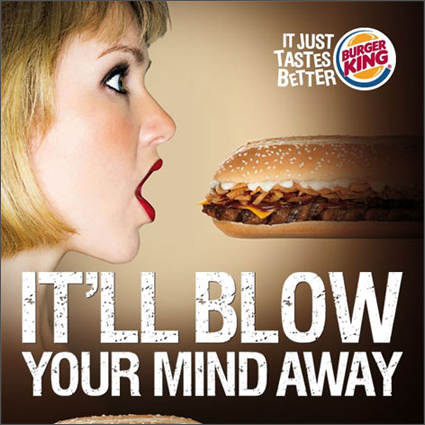Sex in Advertising – Go or Stay?
The fact that sex sells is not some recent revelation. 1871 marks the earliest known use of sex in advertising. Pearl Tobacco featured a naked woman on the cover of their package. It is typical human nature to be strongly wired to react to sex. This innate drive is so strong that we will react to even the most subtle of messages that merely imply sex. Even the title of this article might have tempted you to click on it. One does not require shots of a fully nude or semi-nude model; rather, even depicting glimpses work really well. In the modern world, with a mostly open-minded society, the manner in which sexual scenes or images are shown in advertisements has become more open and direct. The way people react to the ad is subjective. For some people, explicit (or what they consider to be explicit) content may not sit well with their ideals / principles and can be off-putting. Subtle, soft, covert and implied sexual messages are much safer and will not turn away any customers. Most importantly, it can work just as effectively as an explicit advertisement.
[/vc_column_text][vc_column_text]
One would be daft to overlook a strong selling tool like sex if they are advertising a cologne, deodorant, innerwear, lingerie and so on. If you’re trying to sell a sofa or a kitchen set with sexually explicit adverts, you’re doing damage to your own product. Your product will definitely get attention, but it’s the wrong kind of attention, which could harm the company’s image in the long run. Sex should be used sparingly and prudently. If it is abused, the circumstances would most likely be bad. There are enough and more examples where reputed companies have received backlash and criticism for being too explicit.
[/vc_column_text][vc_column_text]
If used creatively and sensibly, sex works really well as a selling mechanism. Here is an ad by Volkswagen wherein there are sexual undertones without showing any nudity or semi-nudity. The genius of this ad is that all its doing is stimulating our imagination by using the simple and subtle caption – “Topless”, which in this case refers to the car not having a roof; and blurring out the top part of the car similar to how blurs are usually used to censor out erotic shots in movies, videos and images. Cars and motorcycles have been used, portrayed and thought of as sex symbols for countless years now as it is a product that easily connects with erotic messages.
[/vc_column_text]
Volkswagen enjoys experimenting with sexually-driven ad campaigns. The objective of this ad is to promote new hand-break systems in their cars. Curiously, there is not a car to be seen in the ad. All that is depicted is a street with a small building with a woman dressed erotically standing by the window. Sexual situations such as these create a positive and desirable response. This does not mean it can sell anything. There must be some kind of context.
[/vc_column_text][vc_single_image image=”9181″ img_size=”500*346″ alignment=”center”][vc_column_text]
Men in particular are irresistibly drawn to ads that are more sexually provocative. It is a matter of simple genetics, which is why men respond to sexual images. The “Sexier than Skin” campaign run by Victoria’s Secret smartly found a way to entice passers-by to scan their QR code on their smartphone by tempting their sexual curiosity. A study group found that seven out of ten male subjects were tempted to scan the code. Maxim and FHM, two popular men’s magazines have often experimented with their magazine covers. Funnily enough, when a sexy, semi-nude woman appears on the cover, it sells more issues than when there is an image of a male star whom some men might want to read about.
[/vc_column_text][vc_single_image image=”9182″ img_size=”large” alignment=”center”][vc_column_text]
What does the future hold for sex and advertising? Sex will always be here to stay, although it will not be featured as frequently in mass-market advertising. The growth of the internet over the last two decades has created a direct line for much more graphic and erotic sexual material to be accessible to a consumer. Sexual undertones have found their way into many forms of communication; even our sense of humour tends to be sexualized, sometimes unbeknownst to us.
[/vc_column_text]

